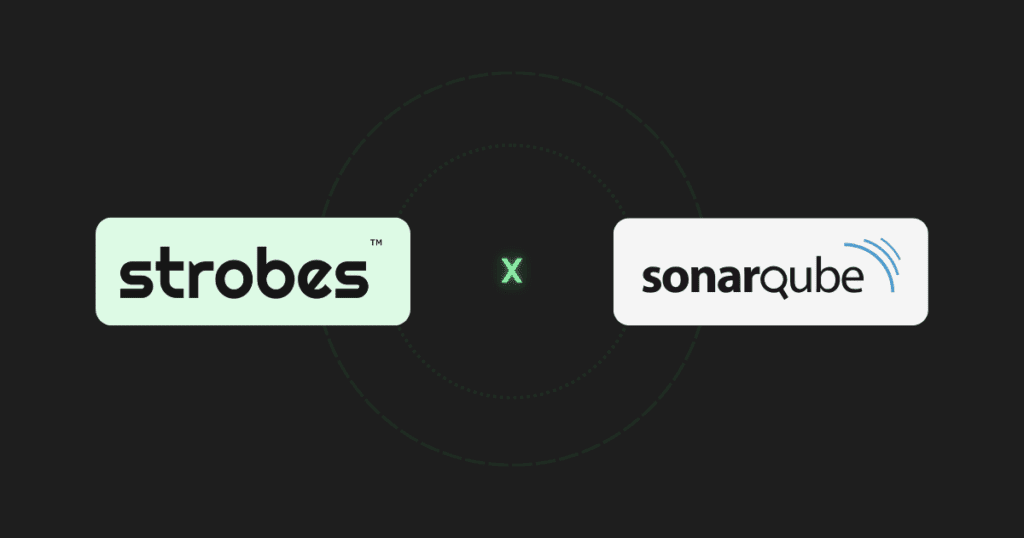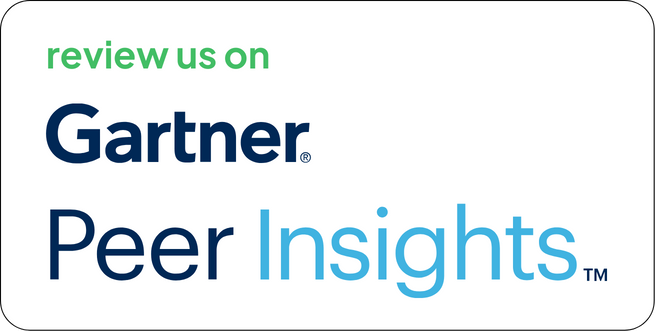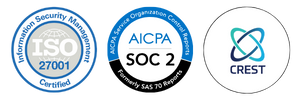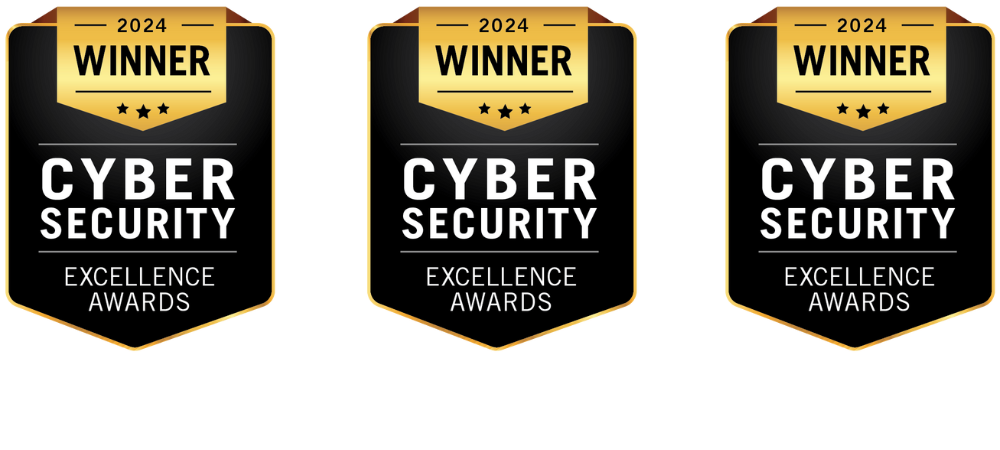Modern development teams rely on static code analysis to detect flaws early, but most still struggle with acting on those insights in a structured and scalable way. Tools like SonarQube and SonarCloud are excellent at identifying security hotspots and code quality issues.
But identifying them isn’t enough; the real friction starts after detection: figuring out what matters, assigning ownership, and validating fixes.
This is where Strobes steps in. As part of its Continuous Threat Exposure Management (CTEM) platform, Strobes integrates with SonarQube and SonarCloud to convert static scan data into prioritized, trackable, and actionable outcomes.
Let’s break down how this integration works, why it exists, and what kind of value it unlocks for AppSec and engineering teams alike.
What Is SonarQube/SonarCloud?
SonarQube (self-hosted) and SonarCloud (cloud-hosted) are widely adopted SAST tools used to identify bugs, security vulnerabilities, and code smells in repositories. With support for over 25 programming languages, these platforms flag issues as early as the commit stage in CI/CD workflows.
Key advantages of SonarQube/SonarCloud:
- In-line IDE feedback for developers
- Configurable quality gates and rules
- Identification of critical flaws such as SQL injection, XSS, and command injection
- Seamless integration with GitHub, GitLab, Bitbucket, and Azure DevOps
SonarQube flags issues in code, it doesn’t offer:
- Risk scoring based on business context or asset sensitivity
- Issue correlation across multiple repositories or scans
- Automation workflows for ticket creation and fix validation
- Centralized dashboards for remediation tracking
That’s the problem Strobes is built to solve.
What Is Strobes?
Strobes is a CTEM platform that unifies detection tools with remediation workflows. It connects:
- Application Security Posture Management (ASPM)
- Risk-Based Vulnerability Management (RBVM)
- Pentesting-as-a-Service (PTaaS)
- Attack Surface Management (ASM)
The goal isn’t to replace your scanners, it’s to make their output usable.
Strobes serves as the integration and intelligence layer that:
- Ingests data from SonarQube/SonarCloud and other SAST/DAST/SCA tools
- Normalizes and deduplicates issues across scans
- Enriches each issue with asset importance, ownership, and exploitability signals
- Pushes only critical findings into developer workflows
- Tracks remediation through ticket status, fix verification, and SLA dashboards
The Purpose of This Integration
This integration is built for engineering and AppSec teams that:
- Use SonarQube or SonarCloud as part of their CI/CD pipelines
- Are overwhelmed with unprioritized SAST findings
- Want to cut through low-risk noise and focus on exploitable, high-impact issues
- Need automated ticketing and reporting that fits into engineering workflows
By connecting SonarQube/SonarCloud directly with Strobes, code issues are pulled in automatically, re-evaluated based on your context, and pushed forward as part of structured remediation flows.
What the Integration Actually Does?
1. Data Ingestion from SonarQube/SonarCloud
Strobes connects securely to Sonar APIs and pulls in:
- Project metadata: Repo name, branches, owners
- Issue data: Type (Bug, Vulnerability, Code Smell), severity, component, line number
- Rule ID and description: CWE, OWASP mapping, remediation guidance
- Status markers: Open, Reopened, Resolved
Pulls can be one-time or scheduled, with frequency controls defined per project.
2. Normalization and Deduplication
Raw data from Sonar gets cleaned and structured in Strobes. This avoids duplication and reduces redundant triage.
- Same rule ID triggered across multiple commits? Grouped as one finding.
- Previously fixed issue reappears? Marked as reopened, not new.
- Scan overlaps with data from other SAST tools? Correlated, not repeated.
The end result is fewer false positives and less clutter in developer queues.
3. Risk Scoring and Prioritization
Not all code issues are equal. A hardcoded password on a public-facing finance app matters more than a low-severity bug in an internal dev tool.
Strobes applies:
- Threat intelligence feeds to highlight known exploits
- Business logic (e.g., production tags, internet exposure)
- Asset sensitivity metadata
- Developer-defined custom rules
This creates a custom risk score for each finding and filters out the rest. You focus only on what’s worth fixing.
4. Workflow Integration
Once filtered, findings are routed through workflows that look like this:
- Create Jira ticket for vulnerabilities over a defined severity
- Assign based on repo ownership or tags
- Enforce SLA countdowns for high-risk issues
- Notify developers in Slack or MS Teams
- Re-test post-fix and close the issue automatically
No more spreadsheets or back-and-forth emails. It’s tracked, auditable, and real-time.
5. Unified Dashboards and Reporting
Strobes offers a single console where developers, AppSec, and leadership can all see what’s going on:
- Filtered views of SonarQube/SonarCloud findings by severity or status
- SLA compliance dashboards
- CI/CD security hygiene reports
- Code issue trends by repo, business unit, or engineer
Reporting mapped to frameworks like OWASP SAMM, ISO 27001, and SOC 2
Why Is This Integration Important?
1. Stops SAST Fatigue at the Source
Without filtering, static scans overwhelm teams with irrelevant issues. This integration:
- Deduplicates repeated rule triggers
- Flags regressions, not re-reports
- Filters out non-actionable code smells
This saves time and developer attention.
2. Injects Context into Code Security
Most SAST tools lack real-world exploit intelligence. Strobes fills that gap.
Every Sonar finding is enriched with:
- Exploitability from known CVE sources
- Business impact based on asset context
- Past fix history and reappearance trends
This lets you answer: “Which findings actually introduce risk?”
3. Automates Developer Workflows
Push findings directly into Jira or Azure Boards with context, assignment, and due dates. Strobes also:
- Groups issues by commit or component
- Marks tickets resolved once fixes are validated
- Ensures security doesn’t delay delivery
4. Makes Reporting Executive-Ready
You get both technical and business visibility:
- Risk dashboards with executive summaries
- Issue heatmaps by codebase or developer team
- Drill-down audits for compliance
Security teams stop being bottlenecks. Dev teams don’t fly blind.
5. Scales with Your Codebase
Whether you have 10 microservices or 1,000, this setup supports:
- Multi-repo, multi-project ingestion
- CI/CD-native automation
- Custom tagging, tenant-level dashboards
- Support for hybrid SAST setups (e.g., Sonar + Fortify + Snyk)
What You Gain from This
| Challenge | What This Integration Solves |
| SAST noise, false positives | Deduplication, risk filtering |
| No context for findings | Threat intel + asset metadata |
| Manual tracking | Auto-ticketing and remediation workflows |
| Developer friction | Targeted, minimal, and SLA-driven notifications |
| Limited visibility | Unified dashboards and compliance views |
| No feedback loop | Built-in retesting and status sync |
Where This Integration Fits Best
Ideal for:
- Engineering-driven orgs focused on DevSecOps
- Enterprises managing multiple repos with shared SAST pipelines
- Compliance-driven teams that require traceable code security workflows
- AppSec teams under pressure to show real results, not raw issue counts
Final Thoughts
SonarQube and SonarCloud help detect issues in your codebase. But Strobes tells you which ones matter, who should fix them, and whether they actually got fixed.
This integration eliminates SAST friction and connects detection with action.
📞 Book a 30-minute walkthrough with our solutions team.






